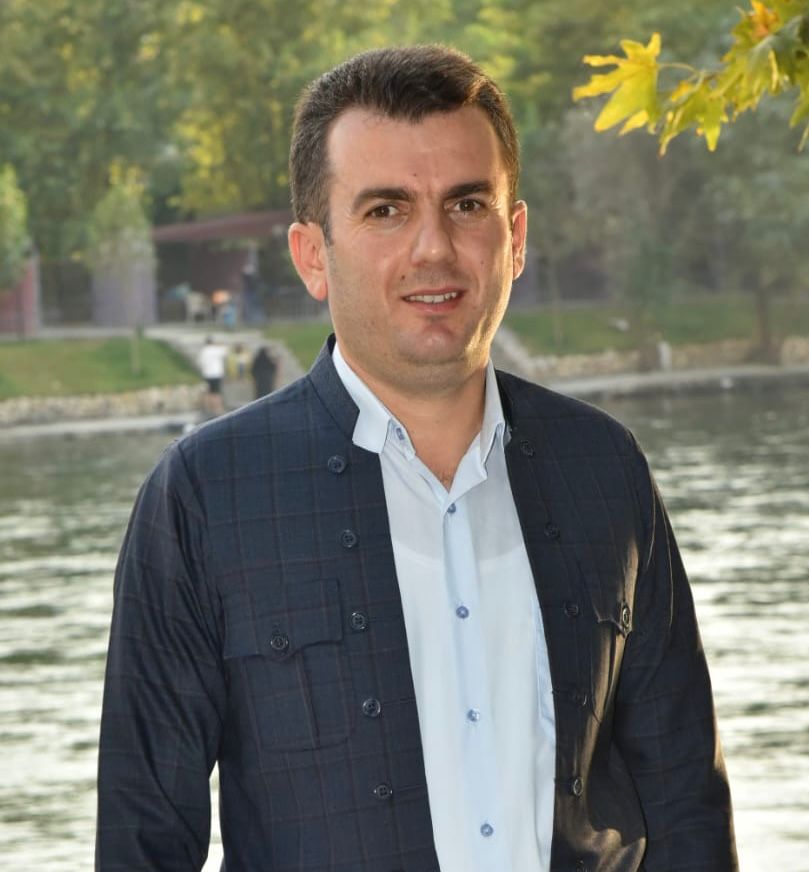By Gharib Ali Salim *
Due to its advantageous geographical location, the Kurdistan Region can become an important tourism foundation in its surrounding areas. Its position has made it a connecting point between the Islamic Republic of Iran and Turkey on one side, and Iraq on the other side, giving it an important commercial, economic, and cultural position due to having multiple domestic and international borders. Additionally, the arrival of tourists, especially from Iran and central and southern regions of Iraq to the Kurdistan Region has become easier, besides the fact that both Erbil and Sulaymaniyah International Airports have facilitated the arrival of foreign tourists and neighboring countries to the Kurdistan Region.
Kurdistan’s diverse landscapes and winter tourism attract visitors to Korek, Goizha, Azmar, Penjwen, Choman, and Bradost. With 750+ hotels, 1,500+ restaurants, and 600+ tourism companies, the sector thrives. Improved infrastructure boosts tourist activity, with $7.5 billion invested in 2024 alone, strengthening the region’s economy.
Tourism growth in Kurdistan creates jobs in Erbil, Sulaymaniyah, Dohuk, and Halabja, benefiting hotels, restaurants, airlines, and local businesses. Indirectly, butchers, bakers, and shopkeepers profit. Studies show each tourist supports around 23 professions, boosting employment and the regional economy.
Tourism growth in the Kurdistan Region
According to data recorded by the region’s tourism directorate and general tourism authorities, between 2007 and 2023, there was a significant and continuous increase in the number of tourists visiting the Kurdistan Region. The number grew from 377,397 tourists in 2007 to 7,279,913 tourists in 2023, representing a difference of 6,902,516 tourists. This is detailed in Table 1 below:
The number of tourists continuously increased from 2007 to 2013 at varying rates, driven by the stability of the region’s political and economic conditions, cultural awareness, advancements in technology, and the promotion of tourism sites through social media. However, in 2014 and 2015, the number of tourists declined due to the emergence of ISIS and the occupation of large parts of Iraq, including Mosul, Salahaddin, Diyala, and parts of Kirkuk, followed by attacks on the Kurdistan Region’s provinces. This situation directly affected the inflow of tourists and the economic conditions of the region.
Number of tourists arriving in the Kurdistan Region between the years (2007-2023):
Tourism revenue analysis
Compared to domestic tourism, visitors from central and southern Iraq and international tourists bring more benefits to the Kurdistan Region. These tourists typically carry fewer resources and require less infrastructure, making their financial impact more substantial. According to a survey conducted by the tourism department, the average tourist expenditure ranges between $250 and $300. Based on these findings, tourism revenue for the Kurdistan Region in 2023 amounted to $1.819 billion to $2.184 billion, assuming average expenditures of $250 or $300 per tourist, respectively. In addition, income generated from rentals, taxes, and other fees significantly contributes to government funds, bolstering the region’s economy further.
* Ph.D. Candidate in Tourism Marketing / University of Sulaymaniyah

